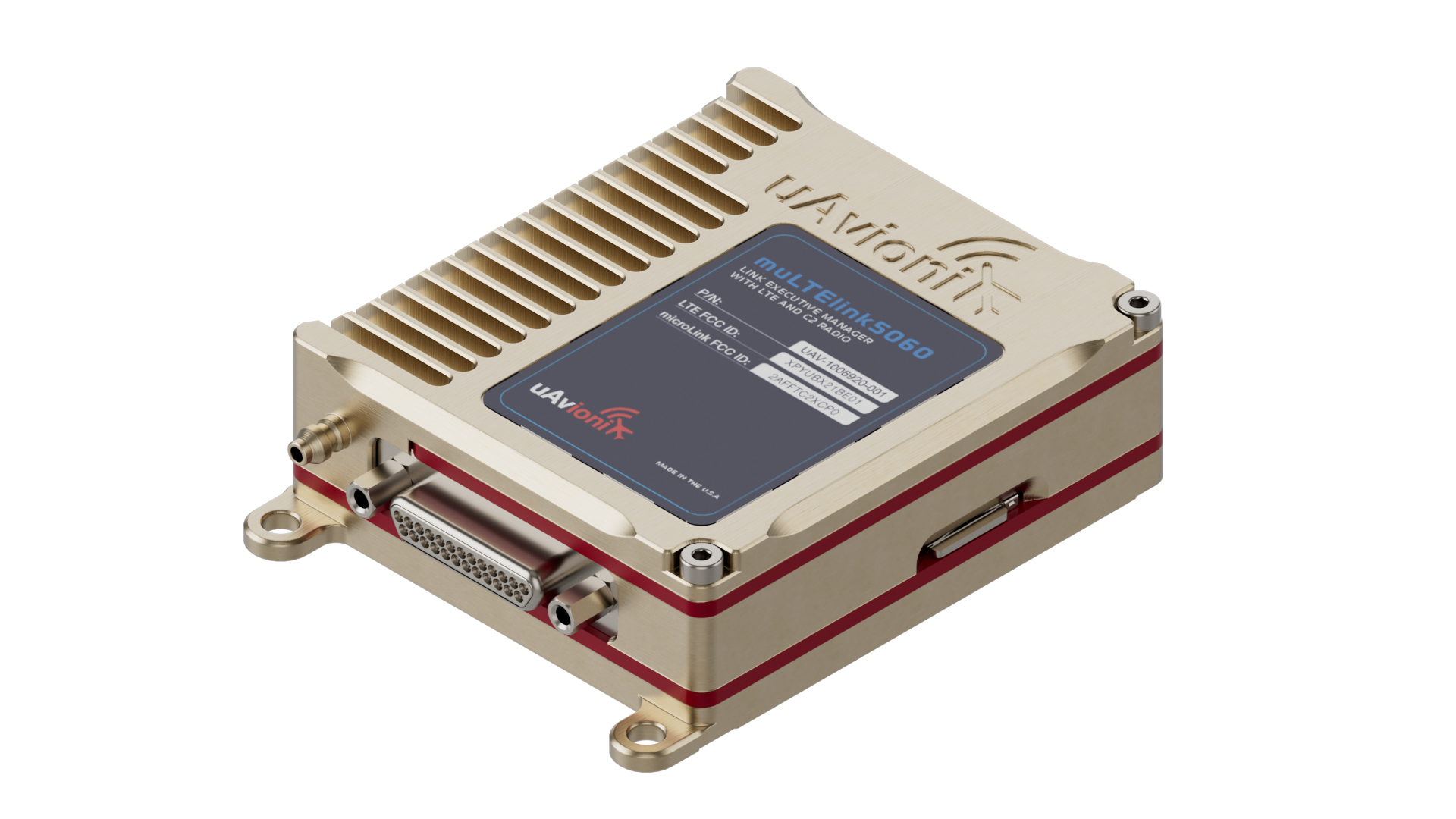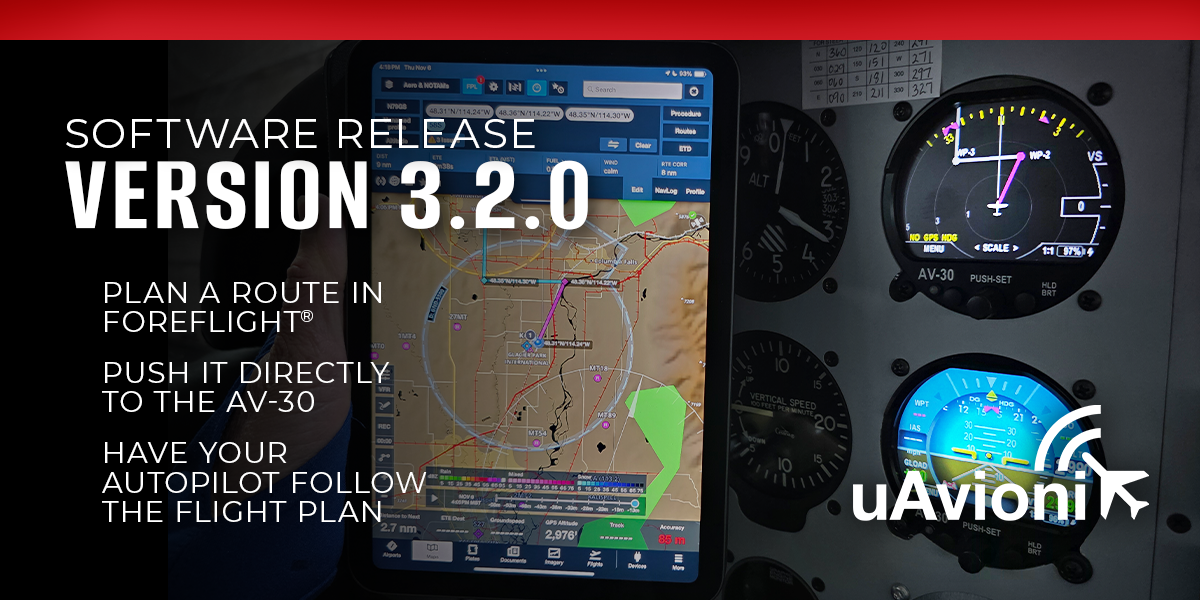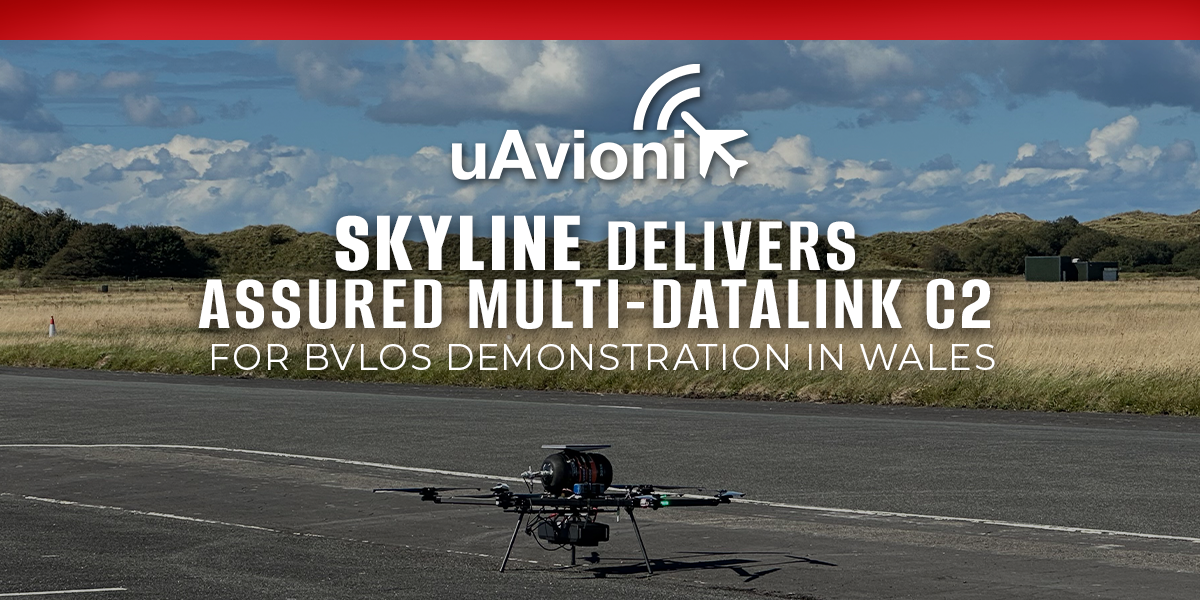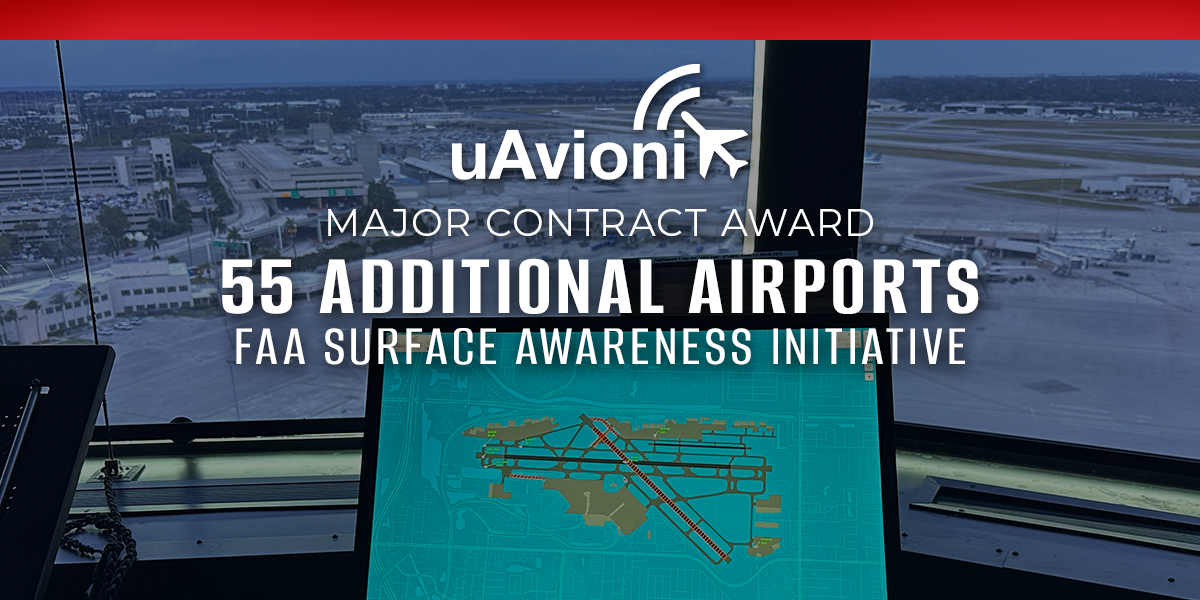Protected Command and Control Communications for UAS – FCC Part 88

Christian Ramsey, uAvionix Chief Commercial Officer
“Radio frequency spectrum is among our Nation’s most important national resources.” With those opening words published on Nov 13, 2023 in the Modernizing United States Spectrum Policy and Establishing a National Spectrum Strategy, the President of the United States set in motion the most recent, and most influential act to-date to secure protected spectrum for Uncrewed Aircraft Systems (UAS) Beyond Visual Line of Sight (BVLOS) operations. That memorandum directed the National Telecommunications and Information Administration (NTIA) to publish and act upon a National Spectrum Strategy Implementation Plan. That plan was published on March 4, 2024, and “Pillar One” of that strategy is titled “Ensure spectrum resources are available to support private sector innovation now and into the future.” Pillar One specifically calls out the use of the 5030-5091 MHz spectrum band – a band designated by the International Telecommunications Union (ITU), World Radio Conference (WRC), and International Civil Aviation Organization (ICAO) to be used for Command and Non-Payload Control (CNPC) datalinks for uncrewed aircraft.
And not long after – through a lot of blood, sweat, rage quits, and lawyers’ bills – we finally, FINALLY have an initial set of service rules governing this band. On Friday, Aug 30, 2024 the Federal Communications Commission (FCC) published “Part 88 – Uncrewed Aircraft System Services” governing the use of this band for UAS CNPC. The CNPC acronym is often used interchangeably with Command and Control (C2), but there is an important difference. CNPC is specifically defined in Part 88 as “any transmission that is sent between the UA (Uncrewed Aircraft) and the UAS ground station […] that supports the safety or regularity of the UA’s flight.” Notably, this does not include “Payload” which is defined as “Information that is sent to or from a UA component to achieve mission objectives and is not CNPC.” So Payload communications may include things like high-bandwidth video and not be included in CNPC. However, sometimes “C2” can mean both CNPC and Payload – so just be mindful of the correct term.
This is Part 1 of a multi-part series on this rule, what it contains and what’s next. In this first post, we’re just going to bask in the glow of the significance of the rule and talk a little about its importance. In the next part, we’ll dive a little deeper into what the rule says and contains, and in the final part, we’ll talk about what is yet to come. So here we go.
Why is this important? It’s all about the Spectrum.
POTUS referenced above said that spectrum is a national resource. It’s also a black magic physics mystery to most of us. How it interacts with the physical world is up to the Radio Frequency (RF) engineers, but several organizations around the world make and enforce decisions on how it is used. Why? It’s a limited resource in high demand. Like most things, it is limited BECAUSE it is in high demand. If too many things are broadcasting and receiving on similar frequencies without a well thought out plan, well – things just don’t work very well because every message is garbled and is getting stomped on by all of the traffic out there.
So we have to have some rules. Sometimes the rules come in the form of technical characteristics like broadcast power, message content, frequencies used, etc. These are called standards. When a radio equipment manufacturer like uAvionix wants to bring a product to market, we have to design to, adhere to, and sometimes certify to those standards. Turns out, industry has been developing the standards for about 10 years now, and we can point to them (such as RTCA DO-362A and TSO-C213a) and say we conform with those standards. We have a few radios that do just that (see our SkyLink 5060 lineup).
Another type of rule is called a “Service Rule”. Layered on top of the technical performance of standards, Service Rules dictate the legal environment in which we can operate. This has been the missing piece, and this is what the new Part 88 is. Service Rules are encoded in the Code of Federal Regulations (CFR) and are enforced by rule of law – so if you are a bad actor and blasting away not adhering to the rules – you are legally liable. This is what “Protected Spectrum” means, and a special type of Protected Spectrum is “Aviation Protected Spectrum” – which are rules specific to aviation. Does designating Protected Spectrum make any type of interference like jamming impossible? Not at all, but it makes the consequences of doing so much higher. With the publishing of Part 88, the 5030-5091MHz band is Aviation Protected Spectrum, and we have the rules and the standards by which we can move forward.
And here is the final “why” of this post – Why is it important to have Aviation Protected Spectrum for CNPC? Up until now, a very, very large percentage of UAS operations are operating on non-protected spectrum – sharing the same frequencies that your Wi-Fi router or garage door opener uses – and there is no protection or priority given to the UAS, even though interference could cause multiple scenarios where people could get hurt or killed. The perfect and nearly fatal example of an almost worst-case scenario occurred in the UK in 2019 when a 95kg (!!!) drone lost its link due to interference, flew into controlled airspace at 8,000ft before plummeting to the ground just a mile away from a crowd of 35,000 at a festival. It is a fascinating read and I encourage all to take it in. Operating with non-protected spectrum isn’t a safe future for UAS operations, and it is important that as we move forward to the BVLOS rules under the FAA’s Part 108 to be published early next year, that protected spectrum is considered as a safety layer. The FCC’s Part 88 brings that to clarity where we previously had none.
Kudos to the organizations and individuals who have put countless hours over the past decade in developing the standards and service rules to get us to this point. This is an incredible accomplishment. There is more to come for sure, but this will get us flying more safely than ever before!


